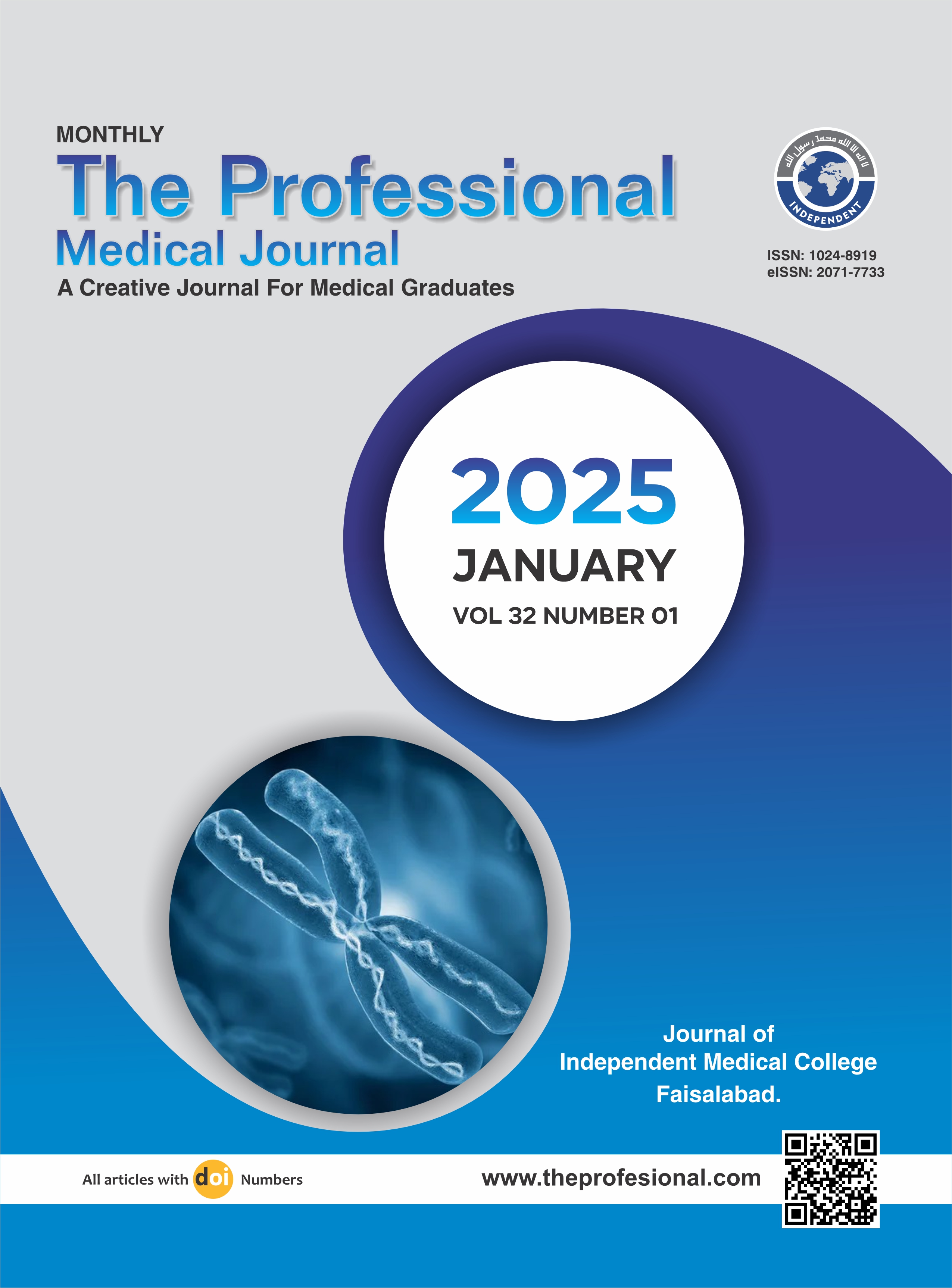Real world experience of acute pulmonary embolism presented to a dedicated tertiary cardiac care center.
DOI:
https://doi.org/10.29309/TPMJ/2025.32.01.8089Keywords:
Anticoagulation, Cardiopulmonary Arrest, Hemodynamics, Pulmonary Embolism, ThrombolyticsAbstract
Objective: Pulmonary embolism is an uncommon disease with clinical presentation ranging from completely asymptomatic to hemodynamic instability and cardiopulmonary arrest. In this article we intend to highlight incidence, management and outcomes of disease in patient presenting to a tertiary cardiac center with acute pulmonary embolism. Study Design: Observational Cross-sectional study. Setting: Peshawar Institute of Cardiology, Peshawar. Period: 1st Sept, 2022 to 31st August 2023. Methods: All patients who underwent in-hospital Computed tomography pulmonary angiogram (CTPA), at out center. We collected data of all patient who were with CTPA proven pulmonary embolism via non-probability convenient sampling method. We accessed our local radiology and clinical databases for data collection. The collected data was integrated in SPSS version 23 for statistical analysis. Results: A total of 33 patients with CTPA proven pulmonary embolism were included out of which majority of patients were intermediate risk i.e., 20(71.4%). Management strategy used mainly was anticoagulation 27(81.8%). Regarding outcomes, 3(9.1%) expired while 30(90.9%) patients were discharged home successfully. Conclusion: Pulmonary embolism is not as uncommon as previously thought. A proper workup for its diagnosis and risk factors identification specially in young patients will not only improve management strategies but also quantify future risk of recurrence. Management of intermediate risk patient poses problems; this class of patients need strict monitoring for any clinical deterioration. Among these patients’ careful selection for thrombolysis to avoid deterioration has to be balanced with high risk of bleeding. In some high bleeding risk group catheter-based therapy may be an option.
Downloads
Published
Issue
Section
License
Copyright (c) 2024 The Professional Medical Journal

This work is licensed under a Creative Commons Attribution-NonCommercial 4.0 International License.


